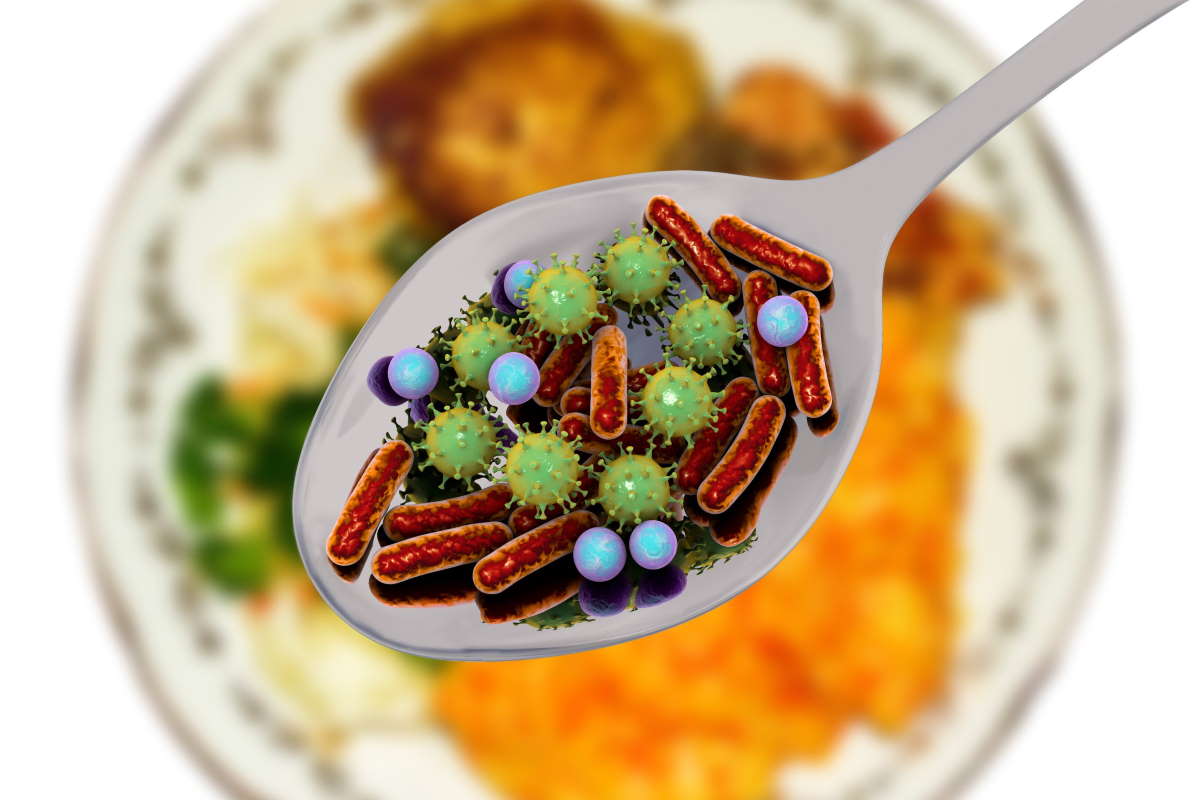Among the foods we consume on a daily basis, many are likely to be contaminated with the bacterium Listeria monocytogenes and cause listeriosis. Let’s see together which are the foods with the highest risk and which are the rules to follow
@drmicrobe/123rf.com
Following the increase in clinical cases of food listeriosis recently registered in various Italian regions, attention remains high regarding the contamination of food by the bacterium Listeria monocytogenes.
Specifically, listeriosis is one of the diseases transmitted through food, so-called food-borne infections, and even if relatively rare it can manifest itself with a severe clinical picture and high mortality rates. This is particularly the case in frail subjects such as infants, the elderly, pregnant women and immuno-compromised adults.
Over the last few years there have been frequent epidemics, especially following the distribution of contaminated food through large catering chains. Now the alarm is in Italy and the Ministry of Health has warned consumers about cases of listeriosis and how these are linked to the consumption of sausages.
However, there are several foods we consume on a daily basis that are likely to be contaminated with this dangerous bacterium and cause listeriosis. So let’s see together which are the foods with the highest risk and which are the rules to follow.
Read also: Listeria-contaminated frankfurters: is it true that there are deaths? What do we know about the new Italian food scandal
What is Listeria and where is it found
Listeria monocytogenesresponsible for listeriosis, is a ubiquitous bacterium that may be present in the soil, in the water, in the vegetation and in the faeces of numerous animal species and can contaminate any level of the food production and consumption chain such as milk, fruit and vegetables, soft cheeses, undercooked meats and slightly seasoned sausages.
The main route of transmission for humans is food, causing flu-like or gastrointestinal symptoms, sometimes accompanied by high fever up to, in subjects at risk, septicemic forms, meningitis or abortion.
Also, the bacterium Listeria monocytogenes can grow and reproduce a temperatures ranging from 0 to 45 ° C, tends to persist in the environment and therefore also be present in processed, preserved and refrigerated foods. But the higher risk foods of listeriosis infection include:
- pesce
- carne
- raw fruits and vegetables
- unpasteurized milk
- dairy products such as soft cheeses and butter
- processed and prepared foods (including frankfurters)
- slightly seasoned sausages
- prepackaged salads
- panini
- raw or smoked fish
How to prevent listeriosis
The utmost attention to the correct methods of conservation, preparation and consumption of food is essential, therefore it is good read the instructions on the label carefully.
However, the best strategy to fight listeriosis is through effective prevention, which can be easily implemented by applying the general principles hygiene rules provided for all other foodborne infections, including:
- wash your hands often
- frequently clean all surfaces and materials that come into contact with food (utensils, small appliances, refrigerator, dish towels and sponges)
- Store raw, cooked and ready-to-eat foods in the refrigerator separately and in closed containers
- cook food thoroughly following the manufacturer’s instructions on the label
- do not prepare foods to be consumed after cooking too early (otherwise keep them in the fridge and reheat them before consumption)
- do not leave perishable foods at room temperature and respect the storage temperature indicated on the label
- rinsing raw foods, such as fruits and vegetables, thoroughly under running water before eating, cutting, or cooking them (even if they will be peeled)
- dry the products with a clean cloth or paper towel
- separate raw meat and fish from vegetables and cooked and ready-to-eat foods
Follow your Telegram | Instagram | Facebook | TikTok | Youtube
Read also:
